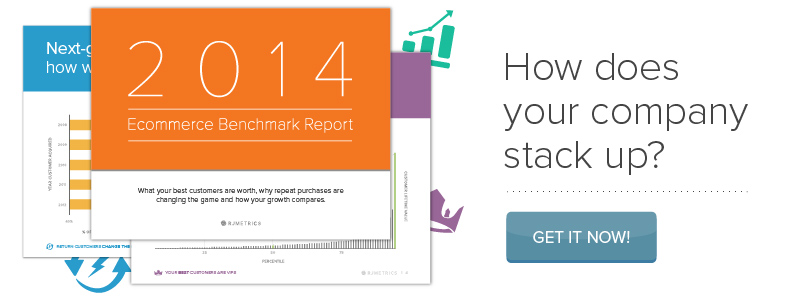In both data analysis and relationships, great communication is the foundation. And great communication is built on a shared language.
Data analysis exists in the quantitative world of business. In all the numbers and charts it can be easy to miss the role communication plays in turning analysis into action. Think of it like this, imagine that your idea of the perfect weekend involves playing video games and your partner’s idea of the ideal weekend is a camping trip.
“Let’s have the best weekend ever!” You say.
“That sounds awesome!” Says your significant other.
Excited, you both begin to plan. And immediately begin arguing.
When your business intelligence tool doesn’t speak your language, this is the kind of thing that happens. Except the conversation goes something like this:
“We’re going to move more of our marketing budget to our top-performing channels.” Says the CMO. Everyone nods and smiles enthusiastically. “So, starting next month we’ll be investing more in email marketing.”
“But Facebook is our top-performing channel.” Says the head of social.
“Nope, our conference budget continues to bring in the best ROI.” Says the head of events.
Then everyone starts to argue.
Good relationships and good data analysis both start with a shared language.
Unfortunately, when most people are evaluating business intelligence tools they don’t list “Someone that just ‘gets’ my business” as part of the criteria. They should. I’d like to propose that anytime you’re paying for data analysis – whether it’s a one-off project or implementing a business intelligence tool – you should first make sure that it will be speaking your language. Look for things like:
- Does it understand what I call the different stages of my consumers’ lifecycle?
- Does it know exactly which advertising platforms I care about?
- Does it call my customer segments by the same names that I do?
- Does it calculate revenue the same way that I do?
Analytics is challenging enough, there’s no need to add the additional complexity of translating words, segments, and other constructs.
Let’s look at a few examples of how this has played out in real life.
Do you like Pina Coladas and getting caught in the rain?
We have a client who offers quite a few promotions and discounts. Like many ecommerce companies these are not all identified the exact same way in their database. There’s no unifying “promotion ID” or “coupon ID” that would make all of our analysis jobs easier (Does that sound familiar?).
They care about all of these promotions, but there are two kinds that they care about most. Those that:
- Heavily impact business operations due to volume.
- Are key to understanding what drives overall business growth, repeat purchase, and churn.
They needed data analysis that understood how important these two types of promotions are to their business. They wanted to have a custom, deep-dive analysis project around these two promotions, and then be able to slice and dice all of their current and future analysis based on these. And they needed all of this without a lot of pricey customization.
In short, they needed a tool that understood and valued the things that mattered most to them.
Because people change
Another one of our clients is a subscription-based B-to-B player. They were facing three challenges:
- They have tiers for pricing and – surprise, surprise – those tiers have changed in the past and are going to change again in the future.
- Not all the customers on a particular tier pay the published price.
- Pricing tier isn’t the only way they segment. They also have engagement-related segments as well as lifetime value based segments.
All around, this client needed to understand transactions in a more flexible way. Since they had already taken the time to create clear naming around their engagement and lifetime value segments, they made this the norm. They were then able to incorporate this naming structure throughout their RJMetrics dashboards. Their definitions can continue to evolve, but their analytics tool will always be speaking the same language as their services team.
They needed a tool that could grow with them. No need for translators.
Before you say “I do”
There’s a reason why we think twice about moving somewhere we don’t speak the language. Learning a new language takes time. And translation puts an additional cognitive load on us. While you may not be considering a move to Paris or Milan, the same rule applies to your data analysis tools.
Before you say “I do,” make sure your BI tool speaks your language. The smallest things have variance – some of our customers only have “users,” some have “customers” and “users,” some have “members” and “guests.” Keeping this language the same across your departments, your teams, and your analytical tool will get you faster (and more accurate) decision-making so that you can focus on what matters: building a strong business.

